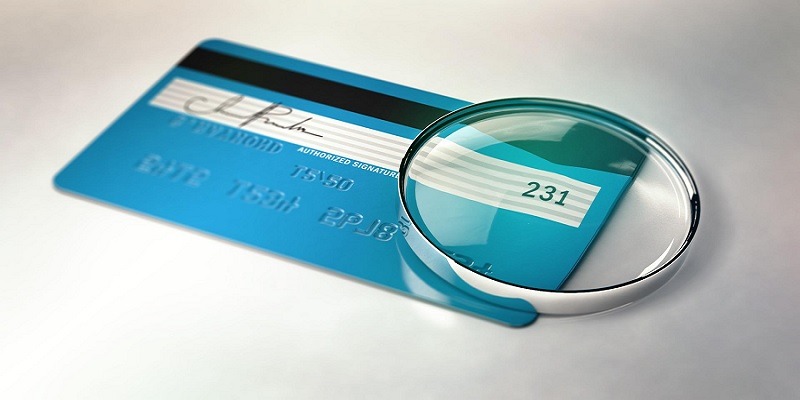
If you have ever made a purchase online or over the phone, then you probably know the three sets of credit card numbers you have to hand over in order to confirm the purchase. These numbers include the credit card number, the expiration date and the CVV.
If you frequently make your purchases online, then you’ll know where to find the CVV. However, you’re probably wondering, what is the CVV on a credit card?
What Is the CVV On a Credit Card?
Basically, a credit card‘s CVV is another line of security against fraud. The CVV, or card verification value, can also be referred to as the CSC, or the card security code. These numbers act as one of the highest form of anti fraud measures for a credit or debit card, especially with the rise of online shopping. So whenever you make a purchase online or over the phone, giving the CVV verifies your purchase to the merchant.
Whenever you use your card in person, retailers can check your ID to make sure you’re the actual owner of the card. However, merchants can’t do the same when you make a purchase online. Instead, they must rely on the CVV as a substitute for personal ID. Additionally your card carrier can also verify your CVV.
Not all merchants will require that you enter your CVV whenever you make a purchase. This doesn’t make a merchant illegitimate. However, you always want to make sure you’re giving your card to a merchant that you trust.
Where To Find Your Card’s CVV
Card carriers will print their CVVs in various places on the card, so it all depends on what carrier you’re with. Visa, Mastercard or Discover card CVVs will most likely be located on the back of your card to the right of the signature strip. The number may also be adjacent to either your full credit card number, or just the last four digits of it.
For American Express cardholders, you can find the CVV on the front, right side of your card. Also, note that AMEX calls this number a card identification number (CID). An AMEX CID is also four digits instead of the normal three.
How a CVV Protects You
A card’s CVV is most useful when making online purchases. This comes back to what we mentioned above as it being another line of defense against fraud. Even if a hacker were to get access to your credit card number, expiration date and full name, they would still need the CVV to complete the transaction. Thankfully, CVVs aren’t as easy to get as other credit card information.
This is able to happen because of the Payment Card Industry’s Data Security Standard (PCI DDS). This was created by Amex, Discover, Mastercard, Visa and other credit card leaders to establish some sort of rules for credit card information storage. One of the biggest rules is that merchants can’t store your CVV after you make your purchase. However, keep in mind that there is nothing stopping them from storing the rest of your credit card information.
The CVV also works in tandem with a credit card’s magnetic strip and the newer EMV chip technology. The printed CVV on your card is embedded in the card’s magnetic strip. The chip has a digital CVV equivalent called the Integrated Chip Card Card Verification Value (iCVV). So when you use your card in person, whether you swipe or insert the chip, your CVV will still be confirmed.
Limitations Of a CVV
More often than not, the issues that arise with CVVs are often self-inflicted by the cardholder. Since it is much more difficult for a criminal to steal your CVV from a credit card database, they will go to other illegal means, such as phishing and physically stealing your cards.
Of course, there is always the possibility of getting your credit card physically stolen. In this case, the thieves don’t need to hack anything since all your information is there on the card. Your best bet is to cancel your card as soon as possible, request a new card from your issuer and dispute any unauthorized charges made to the account.
 |
 |
Bottom Line
Although in person purchases aren’t entirely safe either, online transactions definitely put you and your information at risk of fraud.
To combat this, credit card providers created CVVs to help keep your personal financial information safe. You can help prevent any fraud by only using sites that you trust. For more posts like this, check out our list of bank guides!




Leave a Reply